The device is based on Adafruit's Feather Huzzah esp8266 and the 2.4" TFT Feather Wing. The enclosure is desigen using Fusion360 and cut out of birchwood using a 140W laser.
This whole project is based on adafruit's guide which you can find here https://learn.adafruit.com/adafruit-feather-huzzah-esp8266/using-arduino-ide, my only improvement beign the wooden enclosure.
The process
1.Sketching
This step is rather crucial and it implies a few minutes in which im trying to decide what i will do and envision how the final product will look( mind you, more often than not the final product looks nothing like the starting idea but without this step, no idea will be able to materialize).
2. Measure the "guts" of the device
In this case, i have measured all the needed dimensions of the electronic system used
3. Create a rough 3D model of the electronics so you can base the enclosure design around that
4. Create the 3D model of the enclosure using sheet metal (it allows unfolding) and export it as .dxf
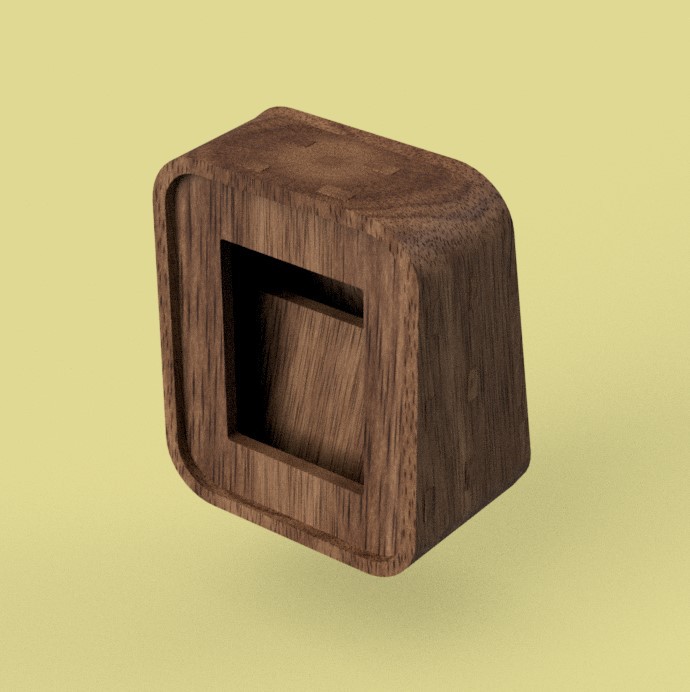
5. Create a rounded box using Boxes.py(a free tool - https://festi.info/boxes.py/FlexBox?language=en) and use the lattice hinges generated by this piece of software in your design. In the past, i have used to unfold all the bends of my design, generate the lattice hinges manually, extrude them as surface, thicken it and extract it from the target body ( it usually ends with fusion360 crashing) but now i am wiser and i simply add them in my go-to vector manipulation software (see? i have just saved you a few good hours)
6. Use any vector manipulation software like Inkscape(free) or Adobe Illustrator(paid) to add lattice hinges to your design and get it ready for laser-cutting.
 Swoosh Mihu
Swoosh Mihu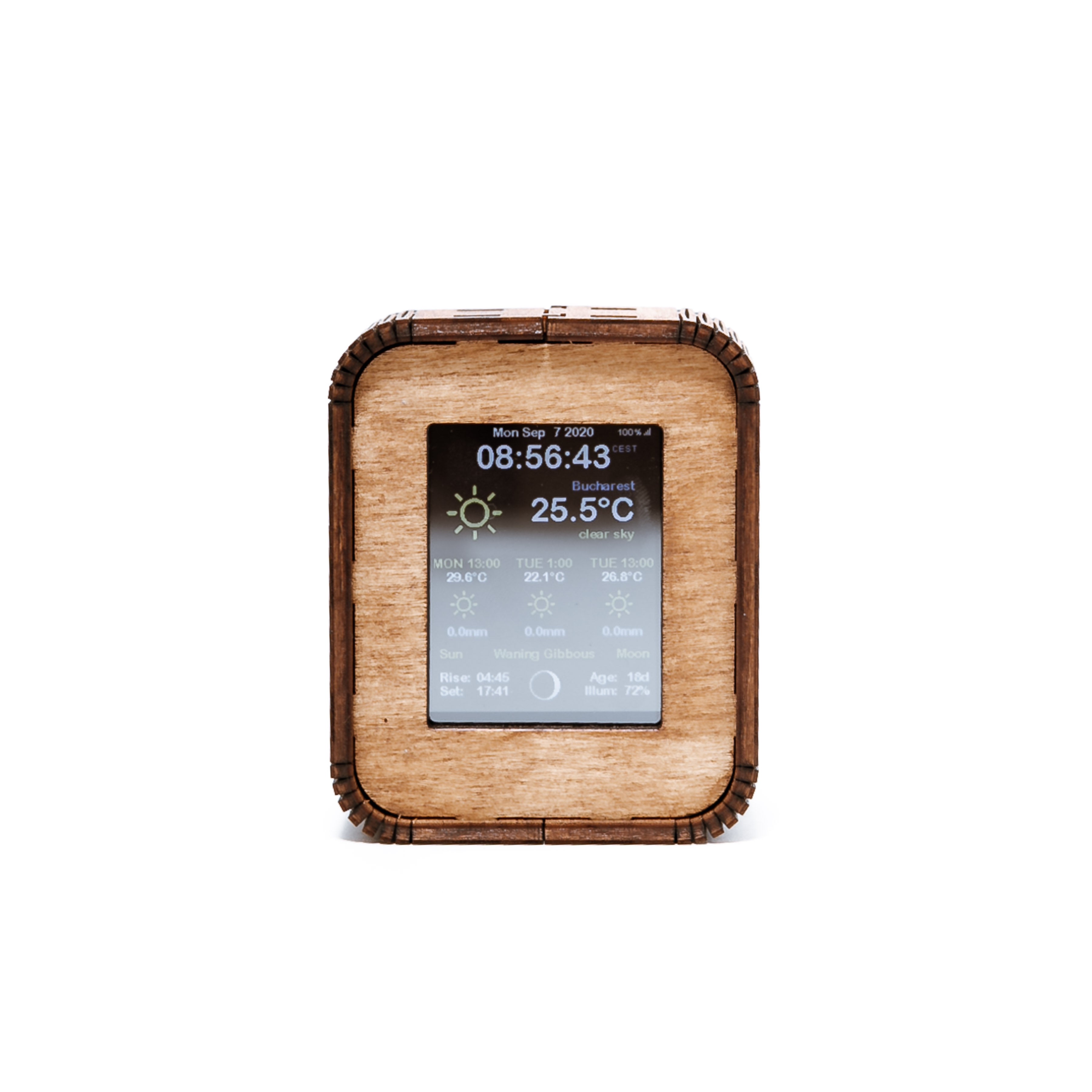
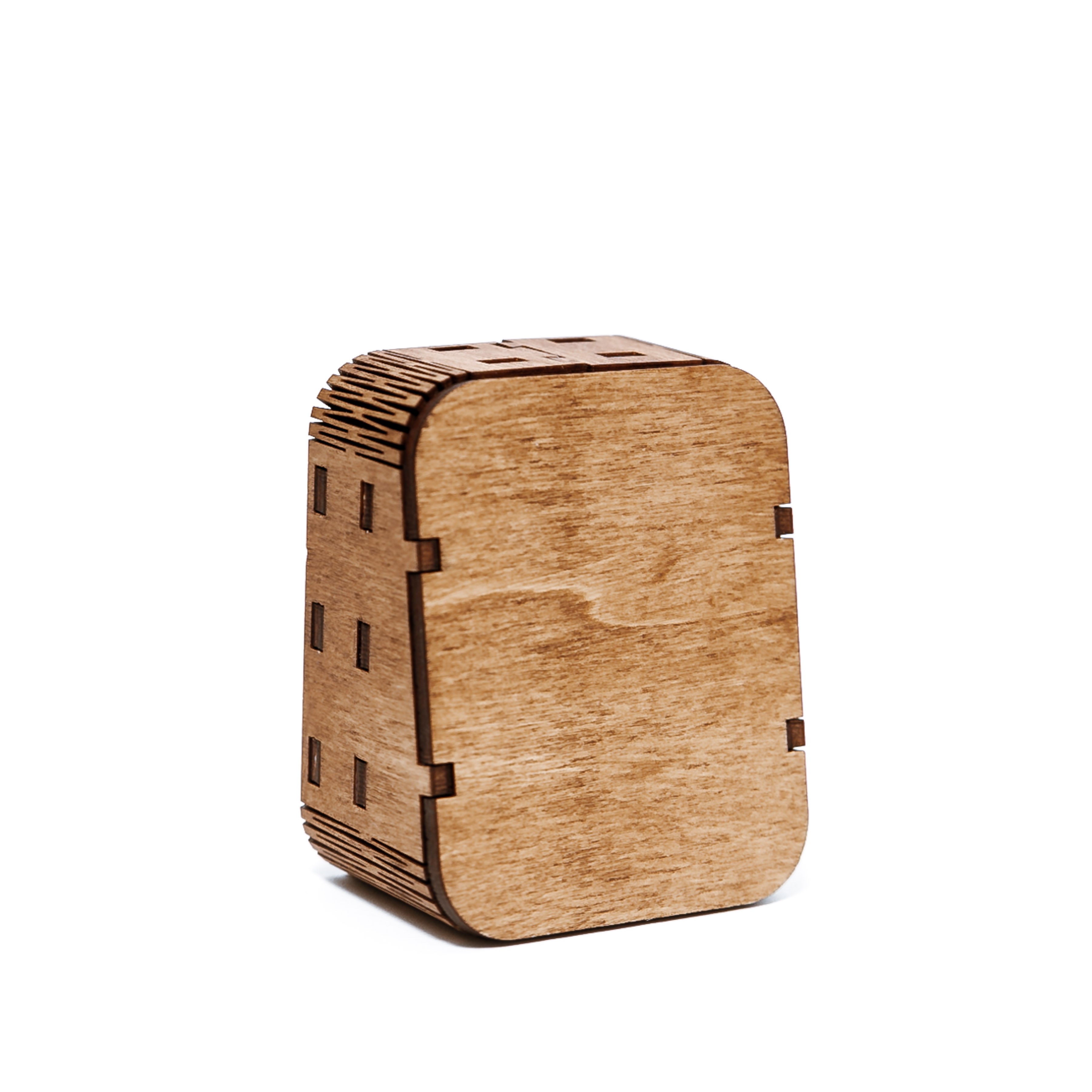
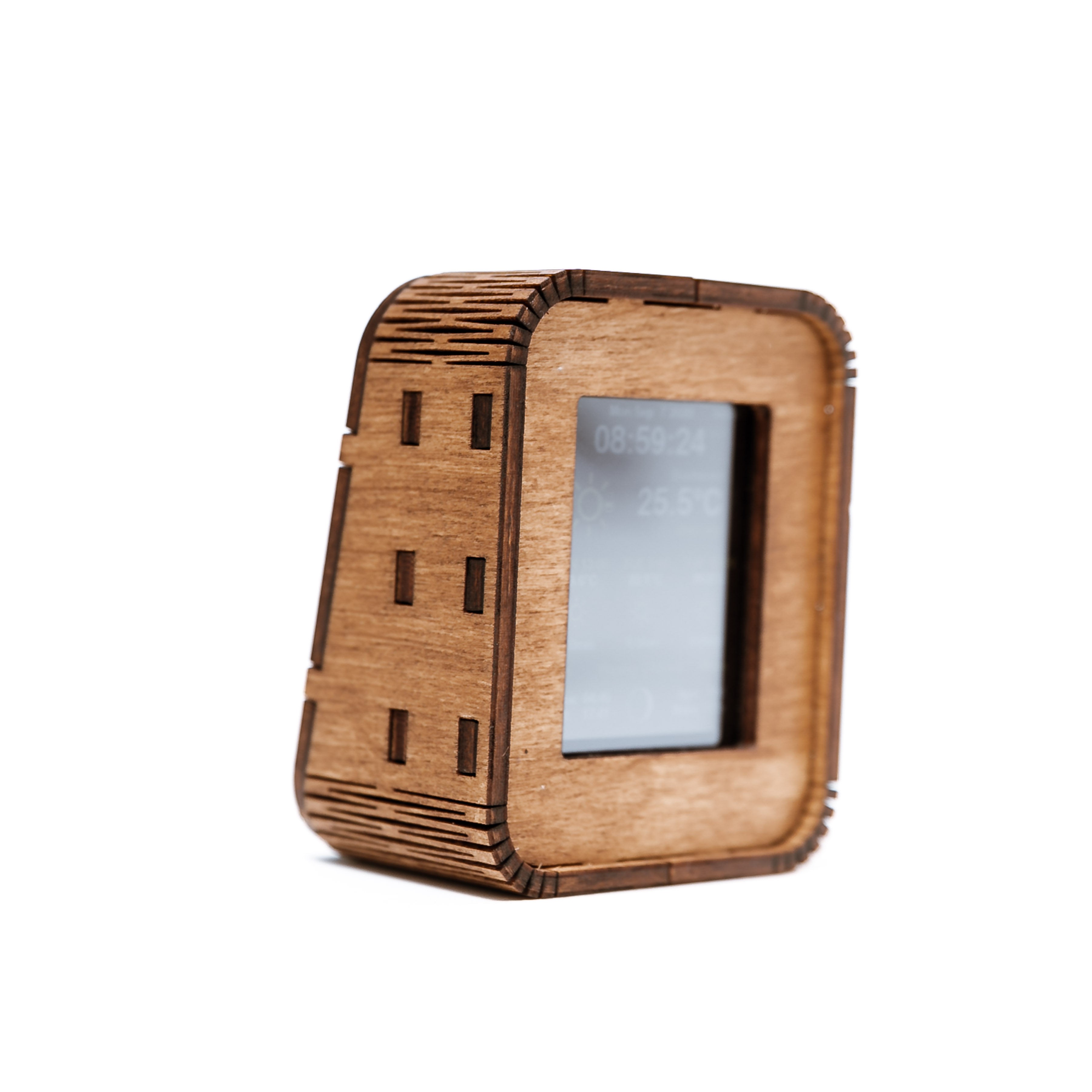



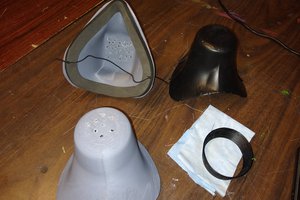
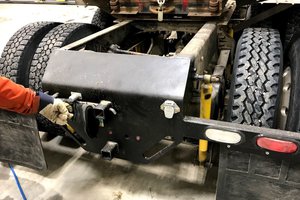
 Matt Reimer
Matt Reimer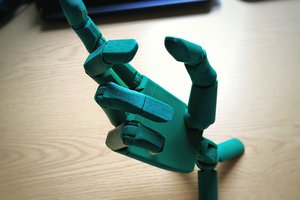
 Supercell
Supercell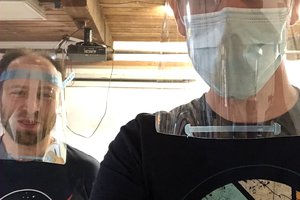
 peter jansen
peter jansen
Such a clean little kiosk. I like how the edging comes together on the top, adds a lot of interest where hiding that seam away wouldn't.